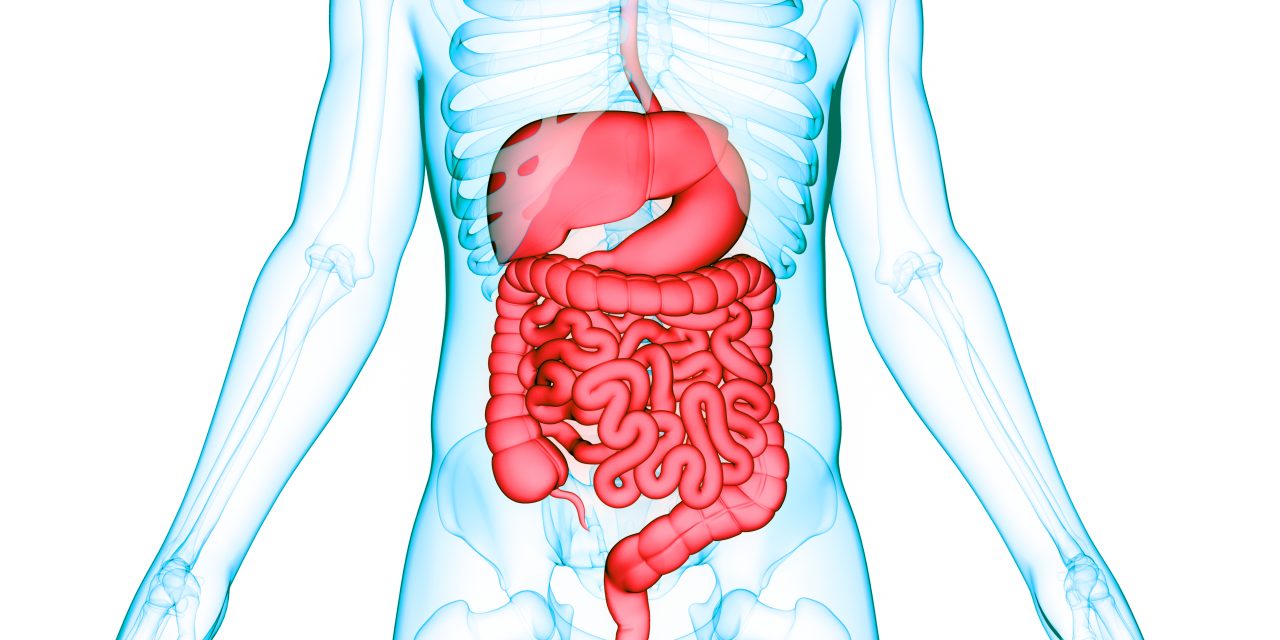Pseudomonas aeruginosa is an opportunistic bacterium in patients with cystic fibrosis and hospital acquired infections. It presents a plethora of virulence factors and antioxidant enzymes that help to subvert the immune system. In this study, we identified the 2-Cys peroxiredoxin, alkyl-hydroperoxide reductase C1 (AhpC1), as a relevant scavenger of oxidants generated during inflammatory oxidative burst and a mechanism of P. aeruginosa (PA14) escaping from killing. Deletion of AhpC1 led to a higher sensitivity to hypochlorous acid (HOCl, IC 3.2 ± 0.3 versus 19.1 ± 0.2 μM), hydrogen peroxide (IC 91.2 ± 0.3 versus 496.5 ± 6.4 μM) and the organic peroxide urate hydroperoxide. ΔahpC1 strain was more sensitive to the killing by isolated neutrophils and less virulent in a mice model of infection. All mice intranasally instilled with ΔahpC1 survived as long as they were monitored (15 days), whereas 100% wild-type and ΔahpC1 complemented with ahpC1 gene (ΔahpC1 attB:ahpC1) died within 3 days. A significantly lower number of colonies was detected in the lung and spleen of ΔahpC1-infected mice. Total leucocytes, neutrophils, myeloperoxidase activity, pro-inflammatory cytokines, nitrite production and lipid peroxidation were much lower in lungs or bronchoalveolar liquid of mice infected with ΔahpC1. Purified AhpC neutralized the inflammatory organic peroxide, urate hydroperoxide, at a rate constant of 2.3 ± 0.1 × 10 Ms, and only the ΔahpC1 strain was sensitive to this oxidant. Incubation of neutrophils with uric acid, the urate hydroperoxide precursor, impaired neutrophil killing of wild-type but improved the killing of ΔahpC1. Hyperuricemic mice presented higher levels of serum cytokines and succumbed much faster to PA14 infection when compared to normouricemic mice. In summary, ΔahpC1 PA14 presented a lower virulence, which was attributed to a poorer ability to neutralize the oxidants generated by inflammatory oxidative burst, leading to a more efficient killing by the host. The enzyme is particularly relevant in detoxifying the newly reported inflammatory organic peroxide, urate hydroperoxide.Copyright © 2021 The Authors. Published by Elsevier B.V. All rights reserved.
Peroxiredoxin AhpC1 protects Pseudomonas aeruginosa against the inflammatory oxidative burst and confers virulence.


